<div data-cycle-pager-template=” ” readability=”34.5″>
” readability=”34.5″>
The Falcon Has Landed
On April 8, 2016, a SpaceX Falcon 9 rocket launched a Dragon cargo ship to the International Space Station for NASA, then attempted to land on a drone ship at sea. See photos from the private spaceflight in our gallery here. THIS VIEW: SpaceX’s Falcon 9 stands triumphant on its drone ship landing pad after touching down on April 8, 2016.
<div data-cycle-pager-template=” ” readability=”32″>
” readability=”32″>
SpaceX’s Falcon 9 Rocket Coming Down on Drone Ship
The first stage of SpaceX’s Falcon 9 rocket comes in for a successful landing on a robotic drone ship in the Atlantic Ocean on April 8, 2016.
<div data-cycle-pager-template=” ” readability=”31.5″>
” readability=”31.5″>
Liftoff!
SpaceX’s Falcon 9 launched at 4:43 p.m. EDT from the company’s launchpad at Cape Canaveral Air Force Station in Florida.
<div data-cycle-pager-template=” ” readability=”32″>
” readability=”32″>
Space Streak
The Falcon 9 streaks into space in this awesome long-exposure view from SpaceX’s launch on April 8, 2016.
<div data-cycle-pager-template=” ” readability=”33″>
” readability=”33″>
Space Cargo Ship Fleet
This unprecedented view shows SpaceX’s Dragon cargo ship (left), Orbital ATK’s Cygnus ship at center and Russia’s Progress cargo ship at far right after the Dragon’s docking on April 10, 2016. It’s the first time two private U.S. cargo ships have been together at the station.
<div data-cycle-pager-template=” ” readability=”32.5″>
” readability=”32.5″>
Catching Dragon
British astronaut Tim Peake of the European Space Agency captured SpaceX’s Dragon with a robotic arm at 7:23 a.m. EDT on April 10, 2016. Dragon was parked at the International Space Station by 9:57 p.m. EDT.
<div data-cycle-pager-template=” ” readability=”31.5″>
” readability=”31.5″>
Dragon and a Blue Earth
Dragon hovers below the International Space Station as darkness begins to descend on the blue Earth below.
<div data-cycle-pager-template=” ” readability=”31″>
” readability=”31″>
An Amazing View
Dragon sails over a stunning Earth as it nears the International Space Station.
<div data-cycle-pager-template=” ” readability=”31.5″>
” readability=”31.5″>
Eyes on the Prize
SpaceX’s Dragon spacecraft is seen on approach by a camera on the International Space Station’s Canadarm2 robotic arm.
<div data-cycle-pager-template=” ” readability=”31″>
” readability=”31″>
Dragon in Tow
Here’s another view of SpaceX’s Dragon at the end of the space station’s robotic arm.
<div data-cycle-pager-template=” ” readability=”32″>
” readability=”32″>
Dragon in the Clouds
While clouds on Earth make for a beautiful backdrop as Dragon approached the International Space Station on Sunday, April 10.
<div data-cycle-pager-template=” ” readability=”31.5″>
” readability=”31.5″>
A Dragon in Space
SpaceX’s Dragon separates from its Falcon 9 rocket and gracefully soars over Earth in this stunning view captured by a camera on the Falcon 9’s second stage.
<div data-cycle-pager-template=” ” readability=”32″>
” readability=”32″>
A New Dragon Flies
SpaceX’s Dragon launch on April 8 marked the eight cargo mission for NASA by SpaceX. Dragon is carrying 4,000 lbs. of gear for astronauts on the International Space Station.
<div data-cycle-pager-template=” ” readability=”32.5″>
” readability=”32.5″>
Ascent
You can clearly see the landing struts folded against the body of SpaceX’s Falcon 9 rocket (they’re near the engines) this view of its launch on April 8, 2016. The legs deployed during landing as planned.
<div data-cycle-pager-template=” ” readability=”31.5″>
” readability=”31.5″>
SpaceX Falcon 9 Lands
SpaceX’s Falcon 9 rocket successfully landed on a barge after launching a Dragon spacecraft full of supplies to the International Space Station April 8.
<div data-cycle-pager-template=” ” readability=”31.5″>
” readability=”31.5″>
SpaceX Falcon 9 Landed
The first stage of SpaceX’s Falcon 9 rocket successfully landed on the droneship “Of Course I Still Love You” April 8 after launching a Dragon spacecraft towards the International Space Station.
<div data-cycle-pager-template=” ” readability=”33″>
” readability=”33″>
SpaceX Launches CRS-8 Mission to International Space Station #3
SpaceX’s CRS-8 cargo mission launched to the International Space Station from Cape Canaveral, Florida, on April 8, 2016.
<div data-cycle-pager-template=” ” readability=”32″>
” readability=”32″>
SpaceX Falcon 9 1st Stage Landing #2
SpaceX’s Falcon 9 rocket 1st stage successfully landed on a floating barge in the Atlantic Ocean on April 8, 2016.
<div data-cycle-pager-template=” ” readability=”31″>
” readability=”31″>
Next Stop: Orbit
SpaceX’s Falcon 9 rocket is powered by nine Merlin engines during its ascent into orbit.
<div data-cycle-pager-template=” ” readability=”32.5″>
” readability=”32.5″>
SpaceX Falcon 9 Booster on Drone Ship
A SpaceX Falcon 9 first stage booster sucessfully touched down on a drone ship after launch on Friday, April 8, 2016.
<div data-cycle-pager-template=” ” readability=”32.5″>
” readability=”32.5″>
SpaceX Falcon 9 Launching
SpaceX’s Falcon 9 rocket launches from Cape Canaveral, Fla. April 8, bringing a Dragon spacecraft full of supplies to the International Space Station.
<div data-cycle-pager-template=” ” readability=”34″>
” readability=”34″>
A BEAM for Space
Dragon is hauling some 4,000 lbs. of supplies and gear for the International Space Station. The most anticipated (shown here) is the Bigelow Expandable Activity Module, or BEAM. Built by Bigelow Aerospace, the BEAM module will be attached to the station and then expand nearly 4 times its size to test how inflatable structures can be used for future space exploration.
<div data-cycle-pager-template=” ” readability=”31.5″>
” readability=”31.5″>
SpaceX’s Fly-back Booster Rocket Landing Explained
One extra task for SpaceX’s CRS-8 launch was to test reusable rocket technology by landing the first stage of the Falcon 9 booster on a drone ship at sea. Here’s how that concept works.
<div data-cycle-pager-template=” ” readability=”32″>
” readability=”32″>
SpaceX Falcon 9 1st Stage Landing
SpaceX’s Falcon 9 rocket 1st stage successfully landed on a floating barge in the Atlantic Ocean on April 8, 2016.
<div data-cycle-pager-template=” ” readability=”33″>
” readability=”33″>
SpaceX Launches CRS-8 Mission to International Space Station
SpaceX’s CRS-8 cargo mission launched to the International Space Station from Cape Canaveral, Florida, on April 8, 2016.
<div data-cycle-pager-template=” ” readability=”31.5″>
” readability=”31.5″>
SpaceX’s Falcon: Ready for Space
SpaceX’s Falcon 9 rocket stands poised to launch the CRS-8 mission from Cape Canaveral Air Force Station in Florida.
<div data-cycle-pager-template=” ” readability=”32.5″>
” readability=”32.5″>
BEAM Module Basics
This infographic gives facts about the Bigelow Expandable Activity Module, scheduled to launch to the International Space Station on April 8, 2016.
<div data-cycle-pager-template=” ” readability=”31.5″>
” readability=”31.5″>
BEAM Expansion Scenarios
NASA and Bigelow Aerospace have some ideas how the new BEAM module will work in space. Here are few ways it could expand.
<div data-cycle-pager-template=” ” readability=”34.5″>
” readability=”34.5″>
Space Fungus Among Us
SpaceX’s launch is a big deal for Clay Wang, a professor at the University of Southern California School of Pharmacy, and Kasthuri “Venkat” Venkateswaran, a senior research scientist at NASA’s Jet Propulsion Laboratory. It made the duo the first team in the world to launch fungi into space for drug discovery purposes, according to a statement from the University of Southern California.
<div data-cycle-pager-template=” ” readability=”32″>
” readability=”32″>
How SpaceX’s Dragon Space Capsule Works (Infographic)
Here’s a look at SpaceX’s Dragon cargo ship and Falcon 9 rocket, as well as how SpaceX envisions to fly people on the ship eventually.
<div data-cycle-pager-template=” ” readability=”32.5″>
” readability=”32.5″>
Static Fire
Just days before its planned launch on April 8, 2016, SpaceX test fired the engines on the Falcon 9 rocket shown here in a so-called static fire – a standard test before SpaceX launches
<div data-cycle-pager-template=” ” readability=”33.5″>
” readability=”33.5″>
Falcon 9 on Pad 40
Ahead of a planned April 8, 2016, launch to the International Space Station, SpaceX’s Falcon 9 rocket stands vertical on Pad 40 at Cape Canaveral, Florida.
<div data-cycle-pager-template=” ” readability=”31″>
” readability=”31″>
SpaceX CRS-8 Mission Patch
This is the SpaceX mission patch for the CRS-8 cargo mission.
 ” readability=”34.5″>
” readability=”34.5″>
 ” readability=”32″>
” readability=”32″> ” readability=”31.5″>
” readability=”31.5″> ” readability=”32″>
” readability=”32″> ” readability=”33″>
” readability=”33″> ” readability=”32.5″>
” readability=”32.5″> ” readability=”31.5″>
” readability=”31.5″> ” readability=”31″>
” readability=”31″> ” readability=”31.5″>
” readability=”31.5″> ” readability=”31″>
” readability=”31″> ” readability=”32″>
” readability=”32″> ” readability=”31.5″>
” readability=”31.5″> ” readability=”32″>
” readability=”32″> ” readability=”32.5″>
” readability=”32.5″> ” readability=”31.5″>
” readability=”31.5″> ” readability=”31.5″>
” readability=”31.5″> ” readability=”33″>
” readability=”33″> ” readability=”32″>
” readability=”32″> ” readability=”31″>
” readability=”31″> ” readability=”32.5″>
” readability=”32.5″> ” readability=”32.5″>
” readability=”32.5″>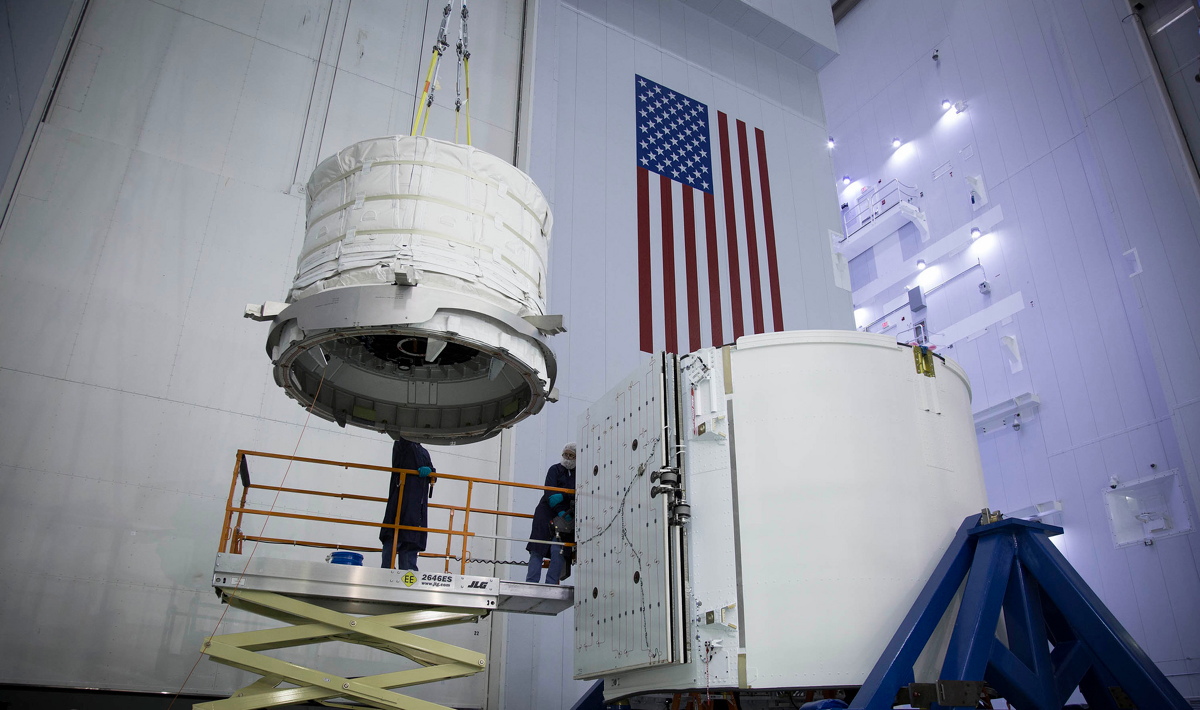 ” readability=”34″>
” readability=”34″> ” readability=”31.5″>
” readability=”31.5″> ” readability=”32″>
” readability=”32″> ” readability=”33″>
” readability=”33″> ” readability=”31.5″>
” readability=”31.5″>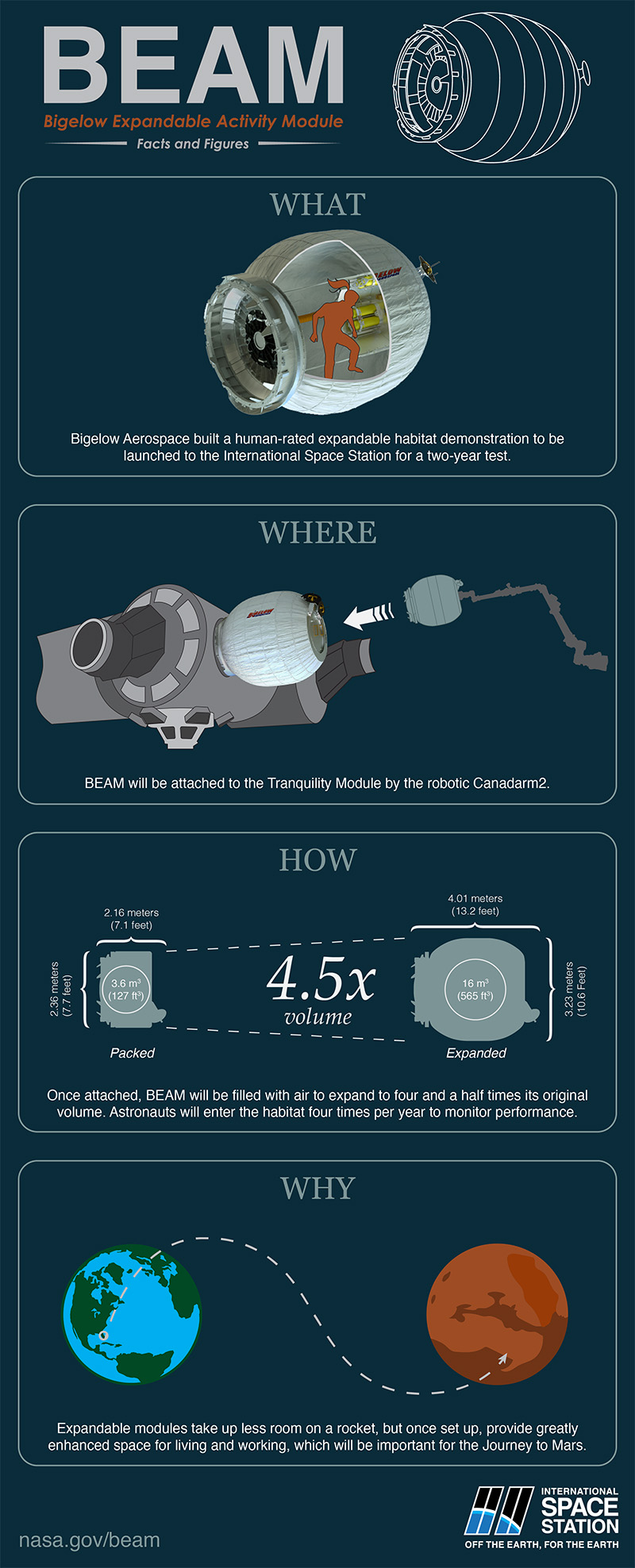 ” readability=”32.5″>
” readability=”32.5″>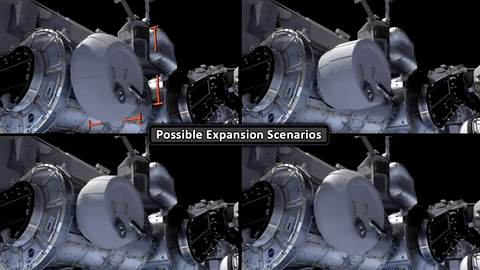 ” readability=”31.5″>
” readability=”31.5″> ” readability=”34.5″>
” readability=”34.5″> ” readability=”32″>
” readability=”32″> ” readability=”32.5″>
” readability=”32.5″> ” readability=”33.5″>
” readability=”33.5″> ” readability=”31″>
” readability=”31″>




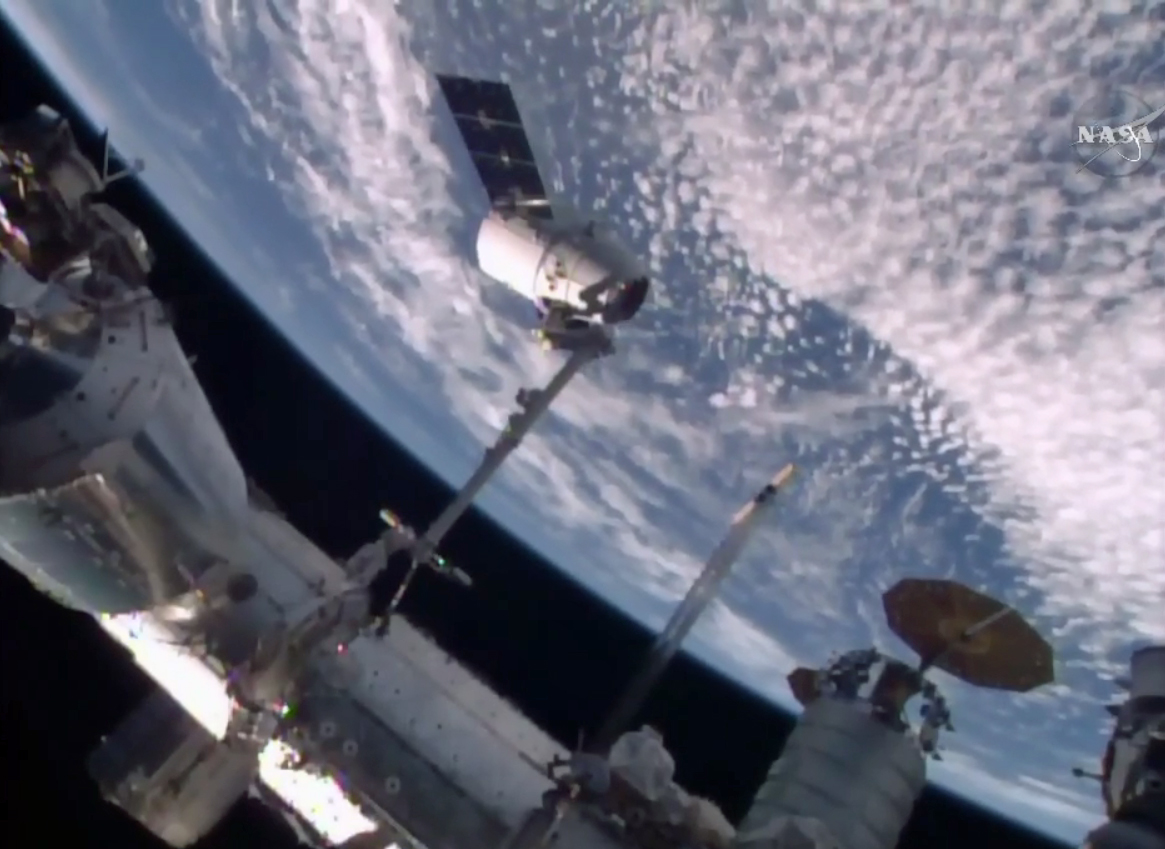
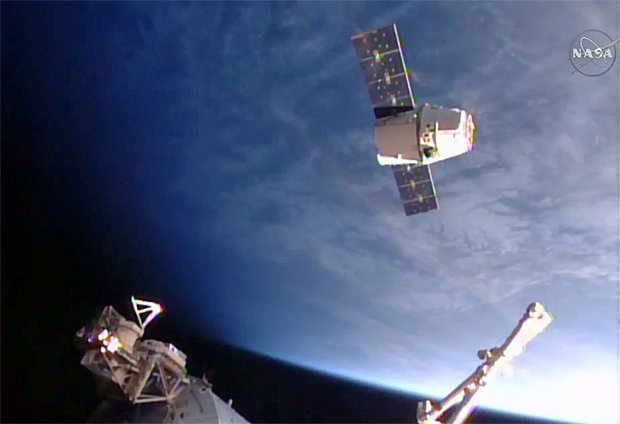
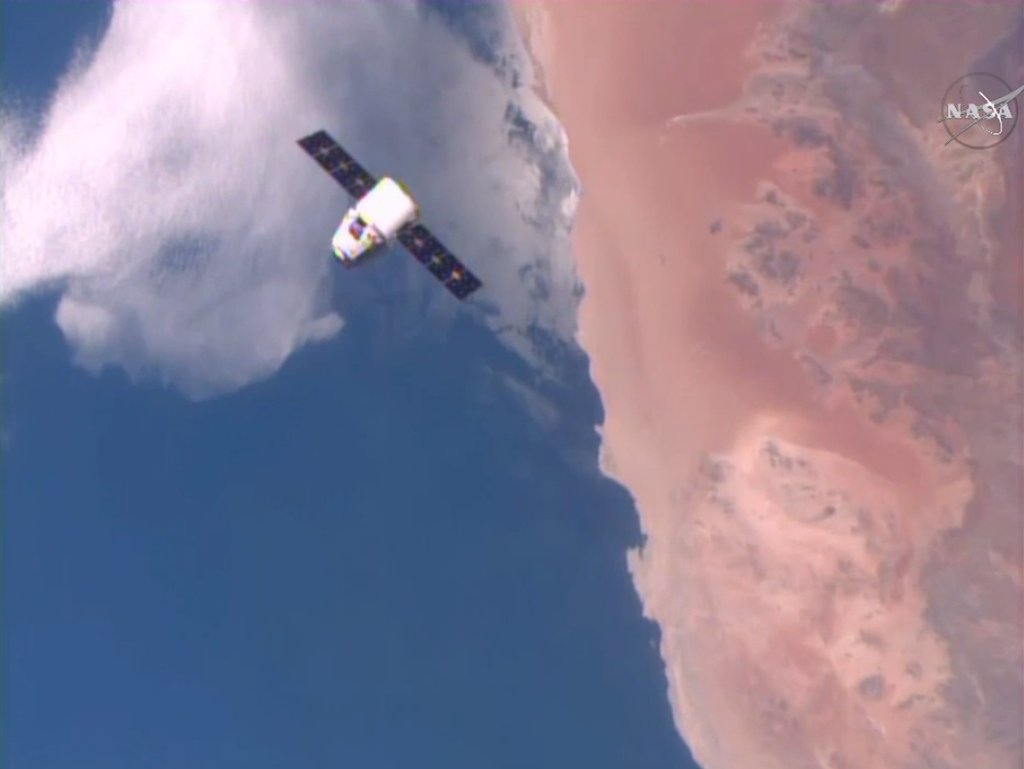


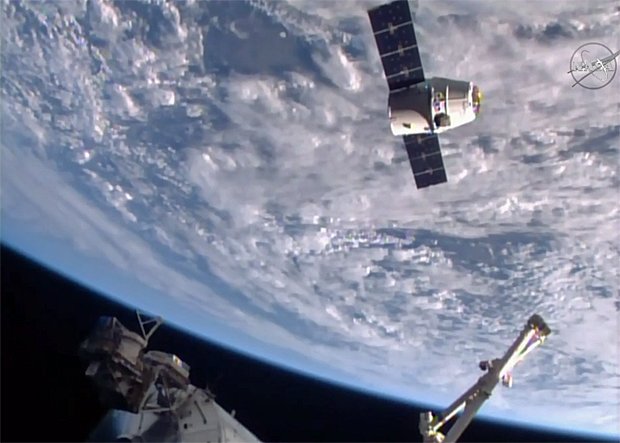


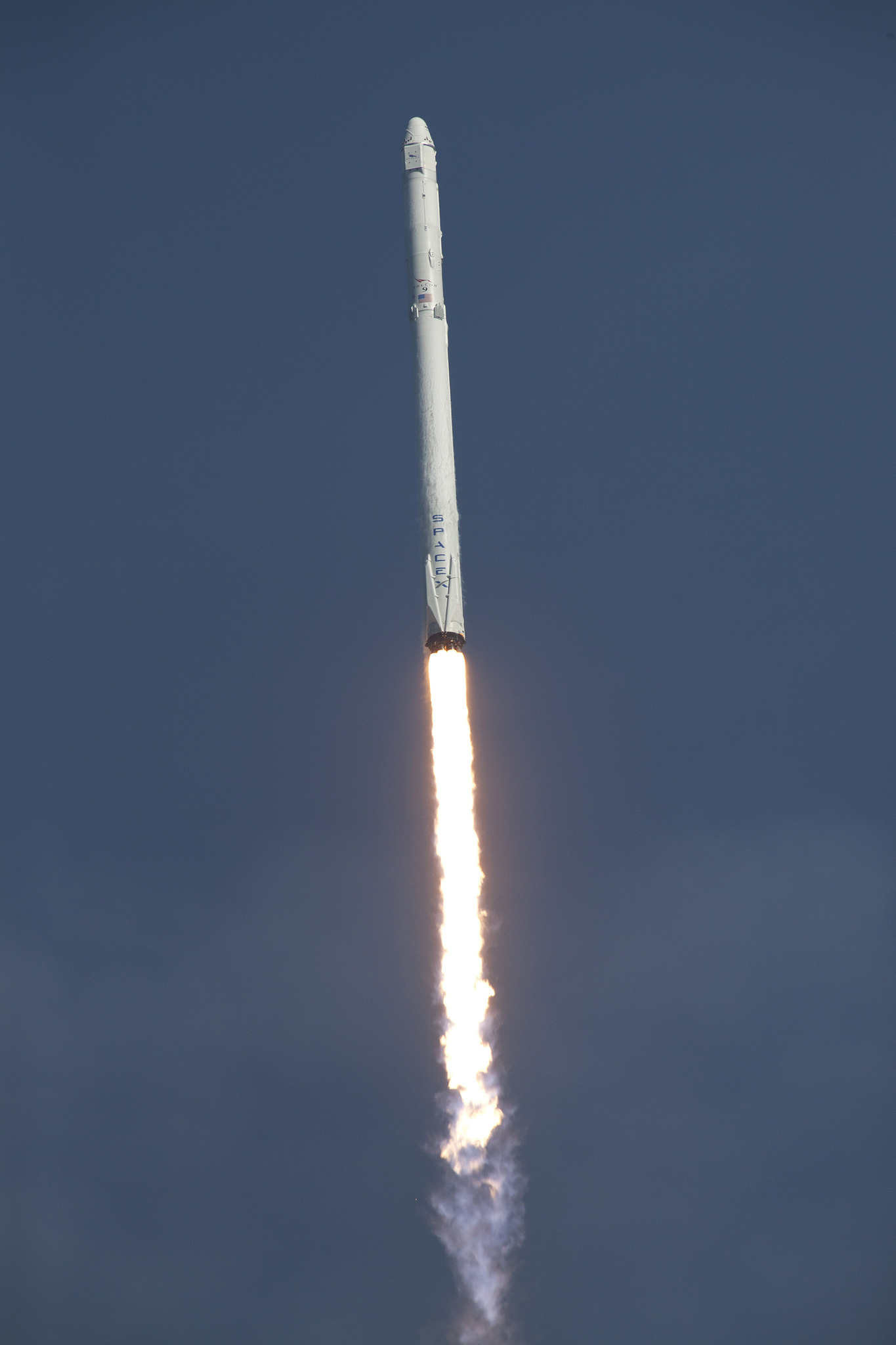



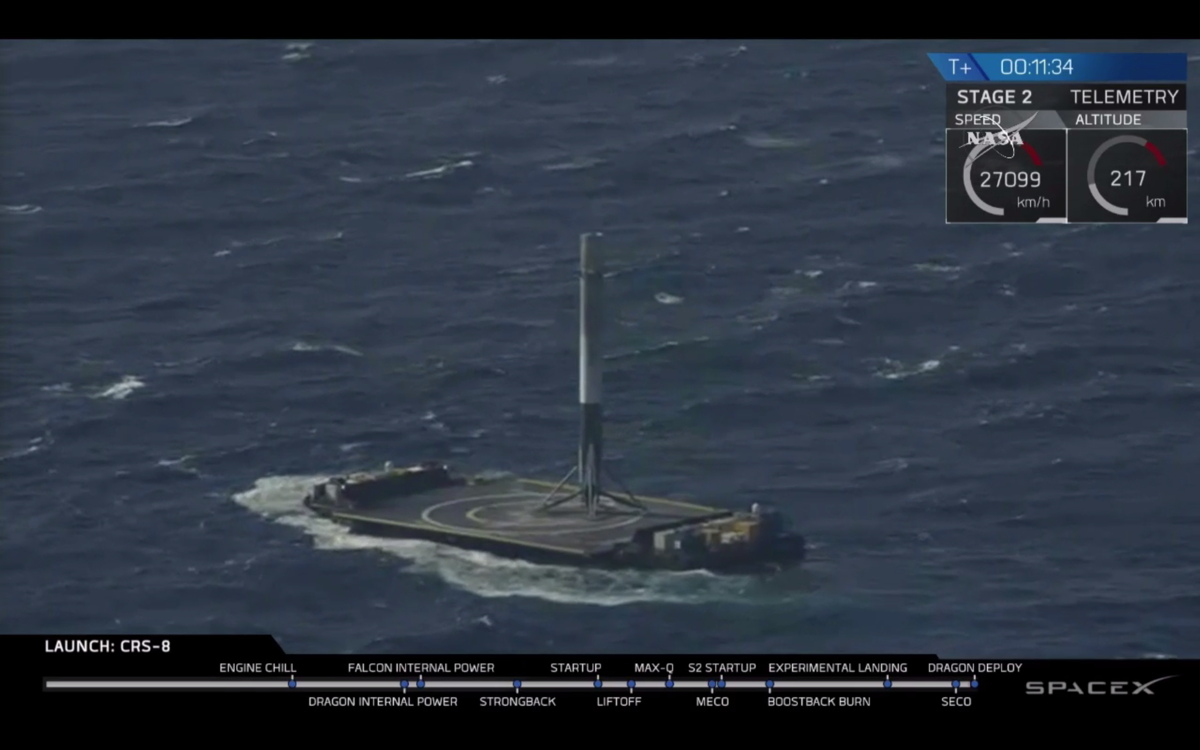



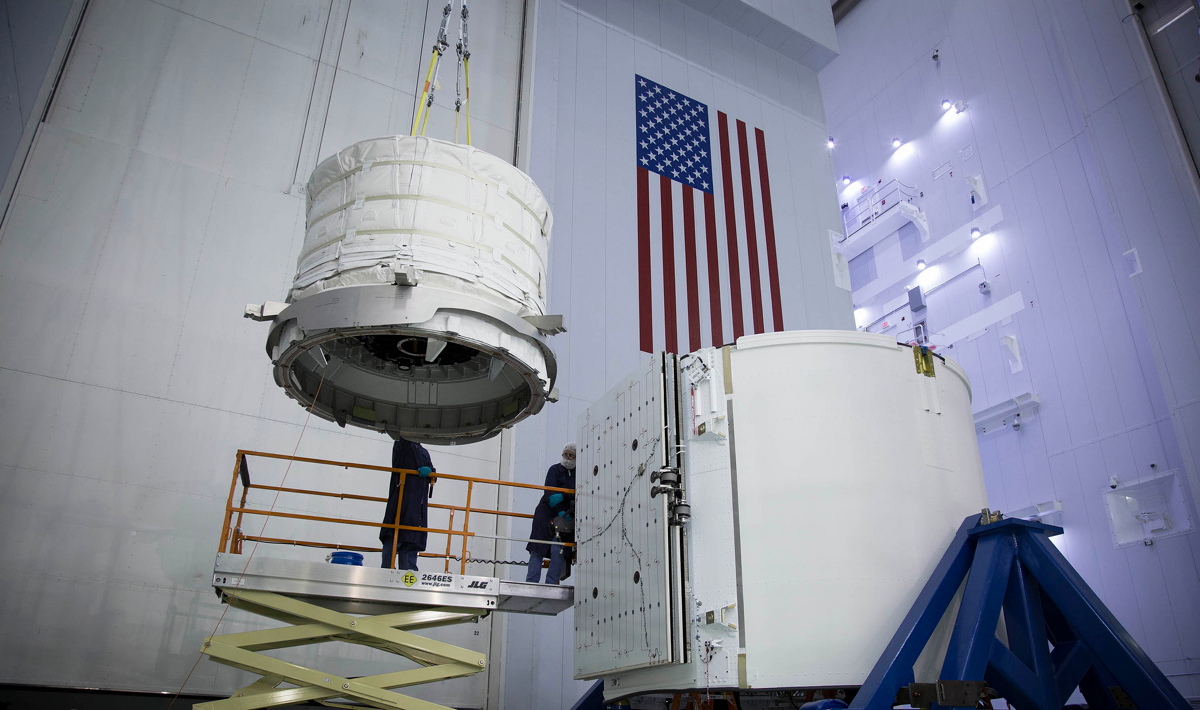
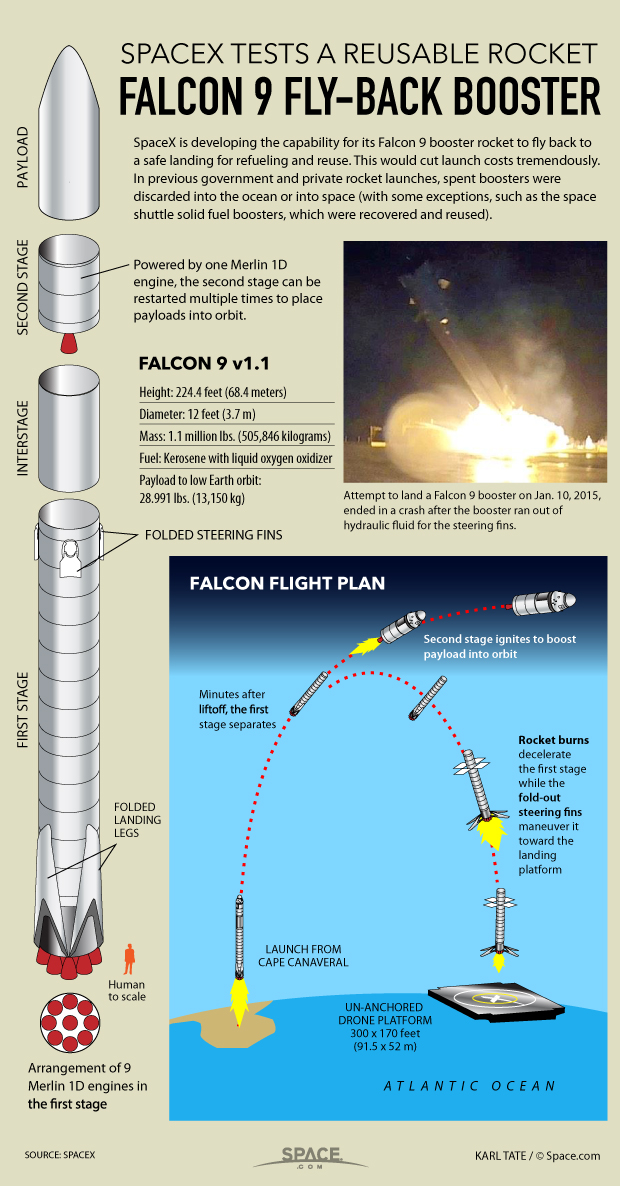
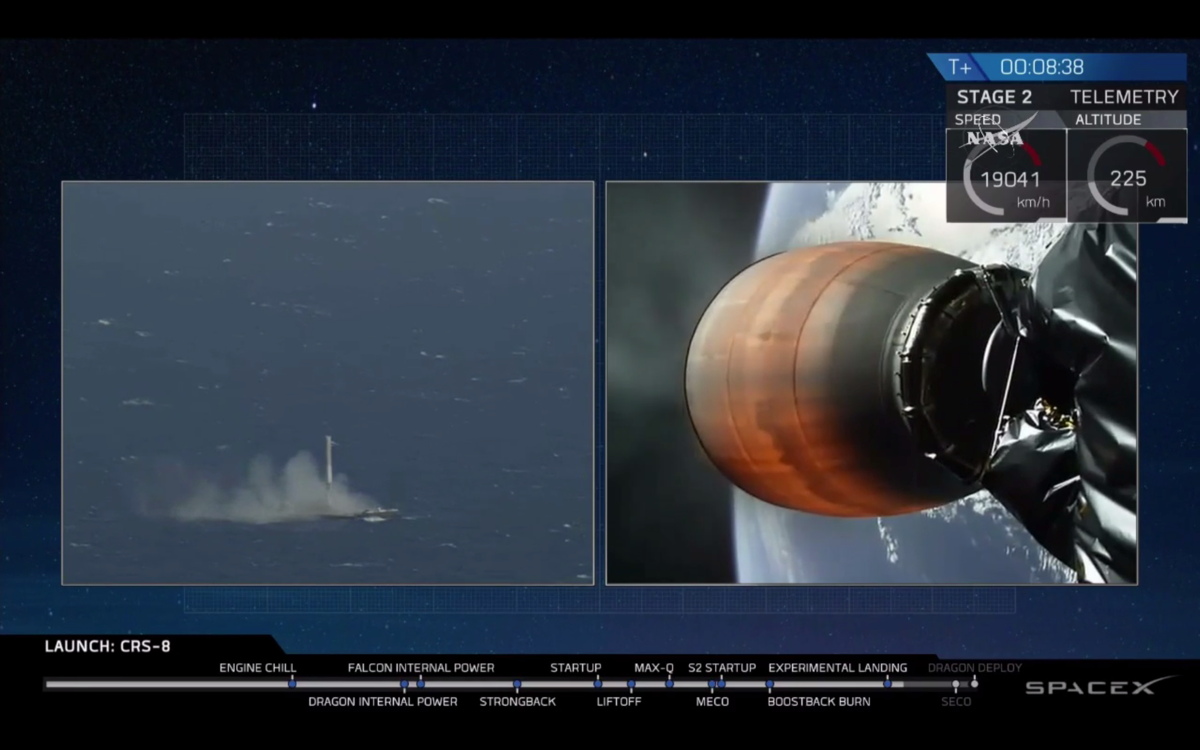


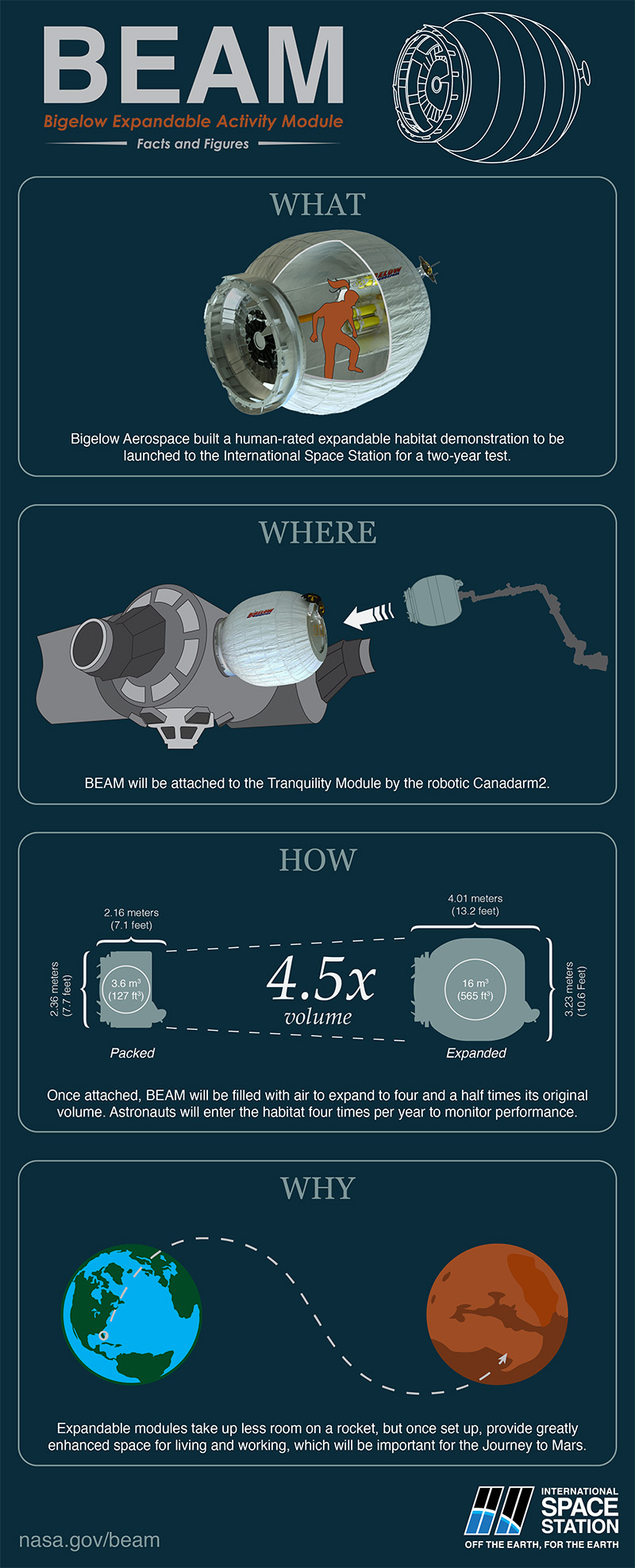
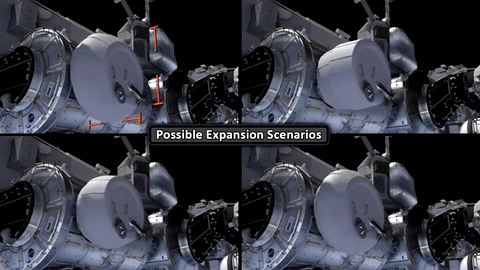

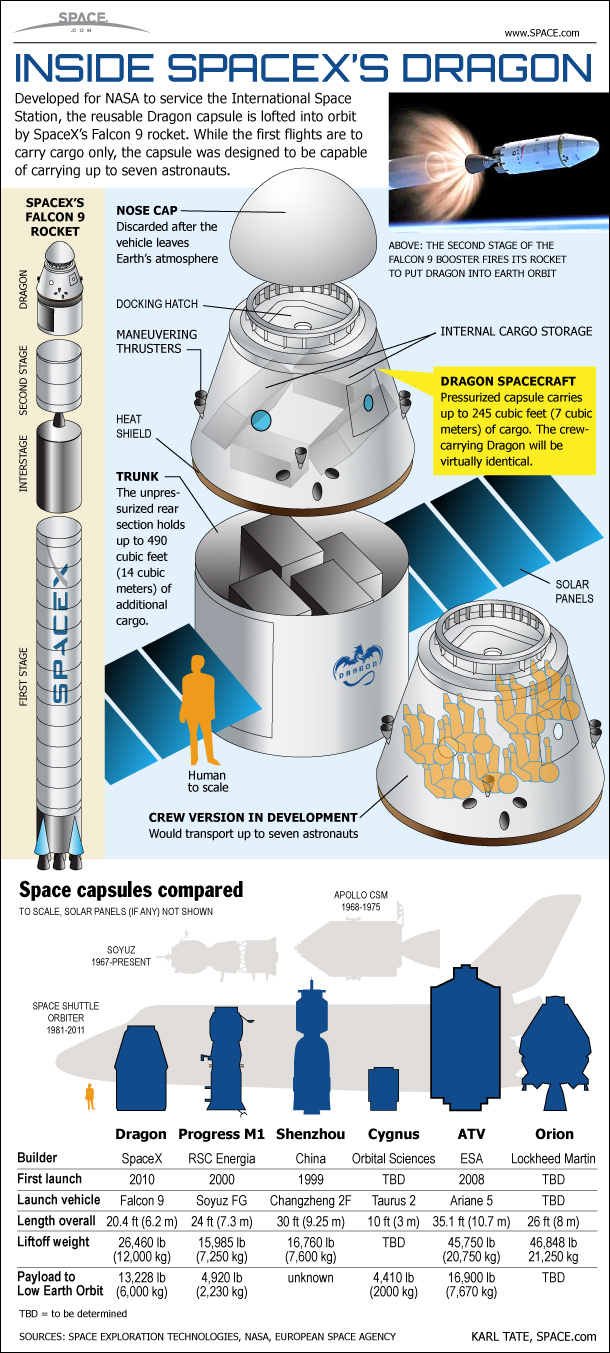



Comments are closed.